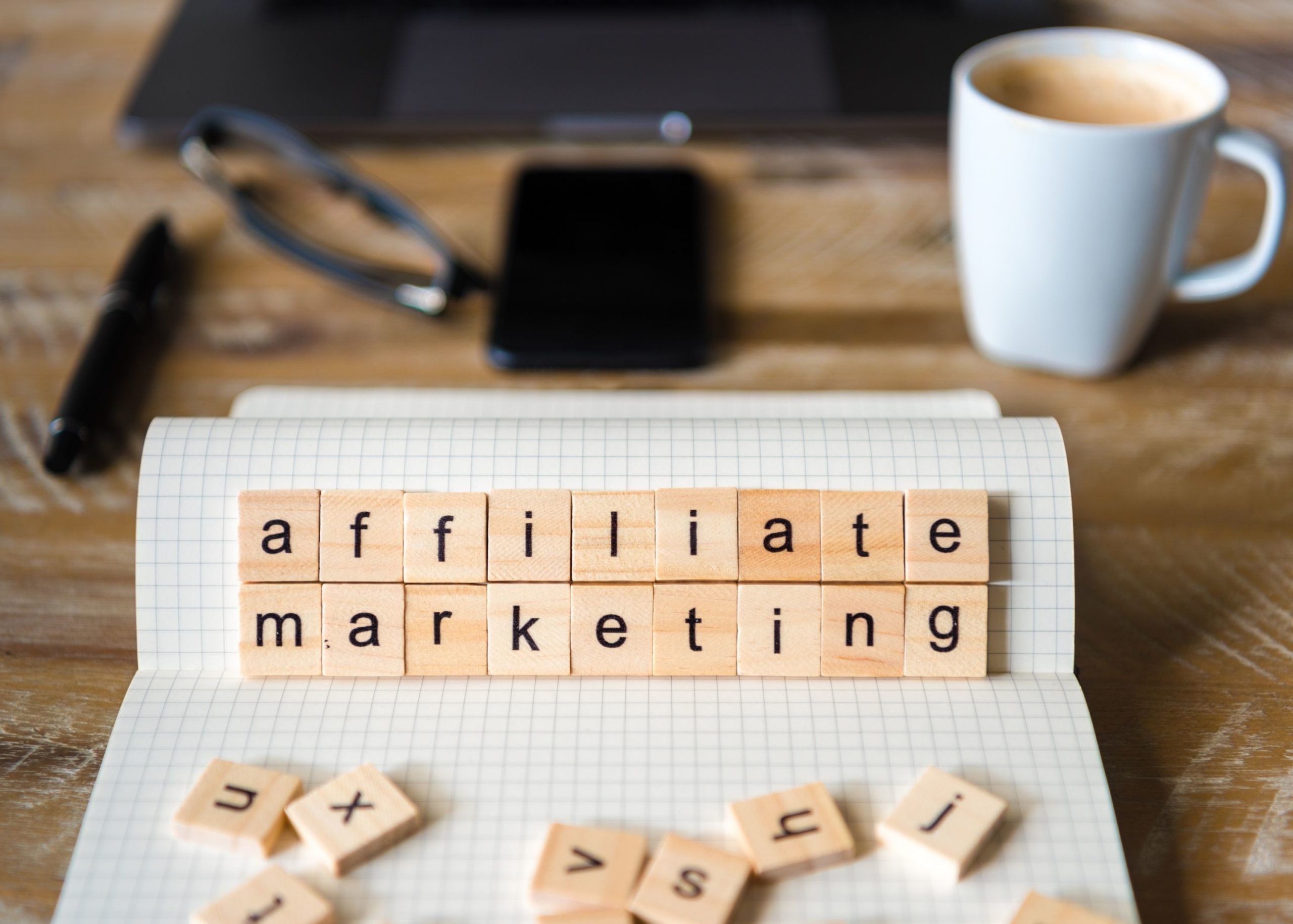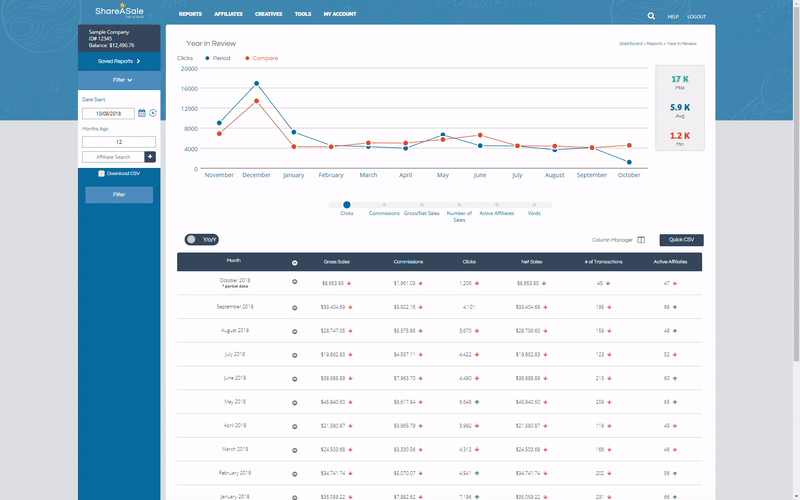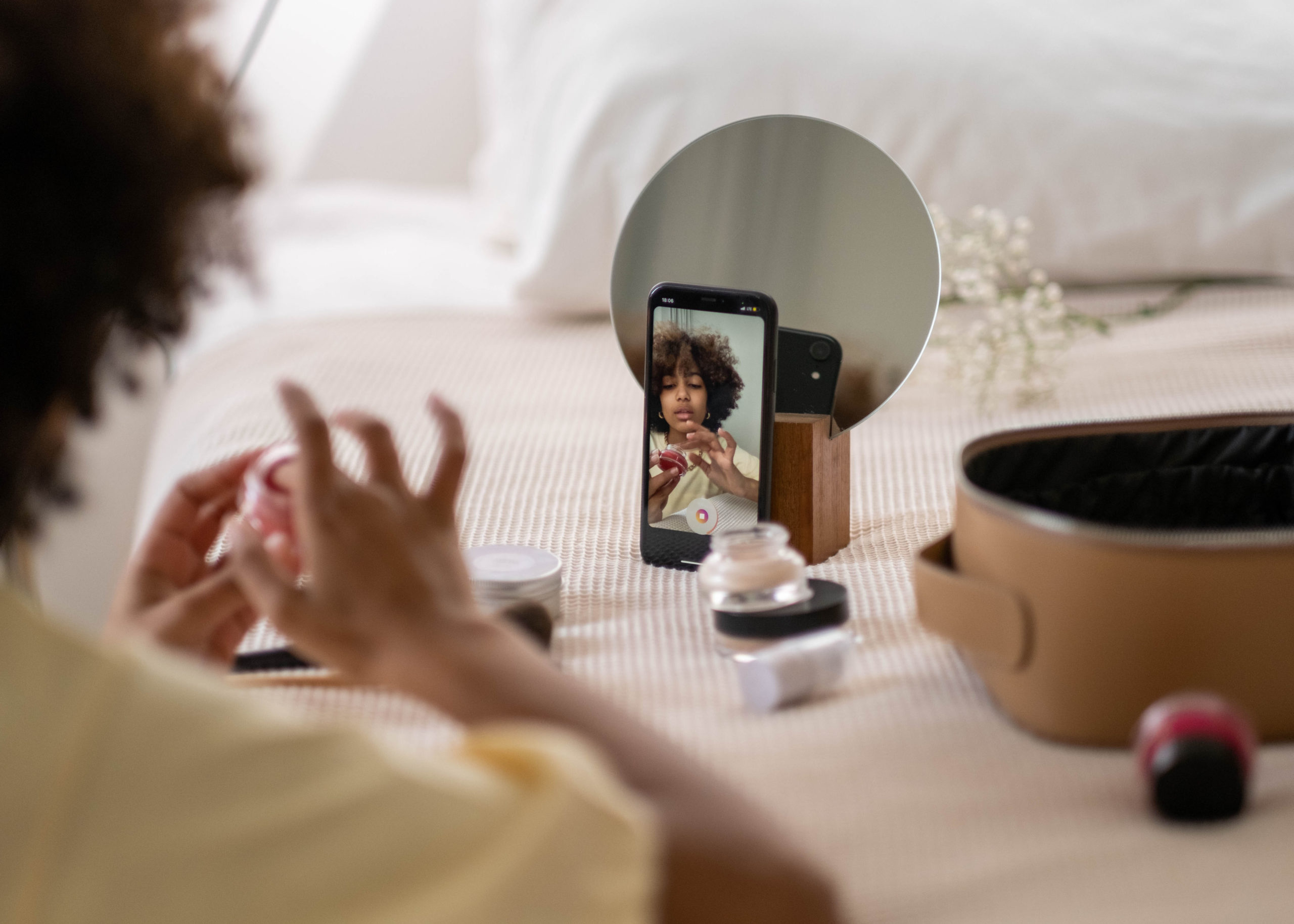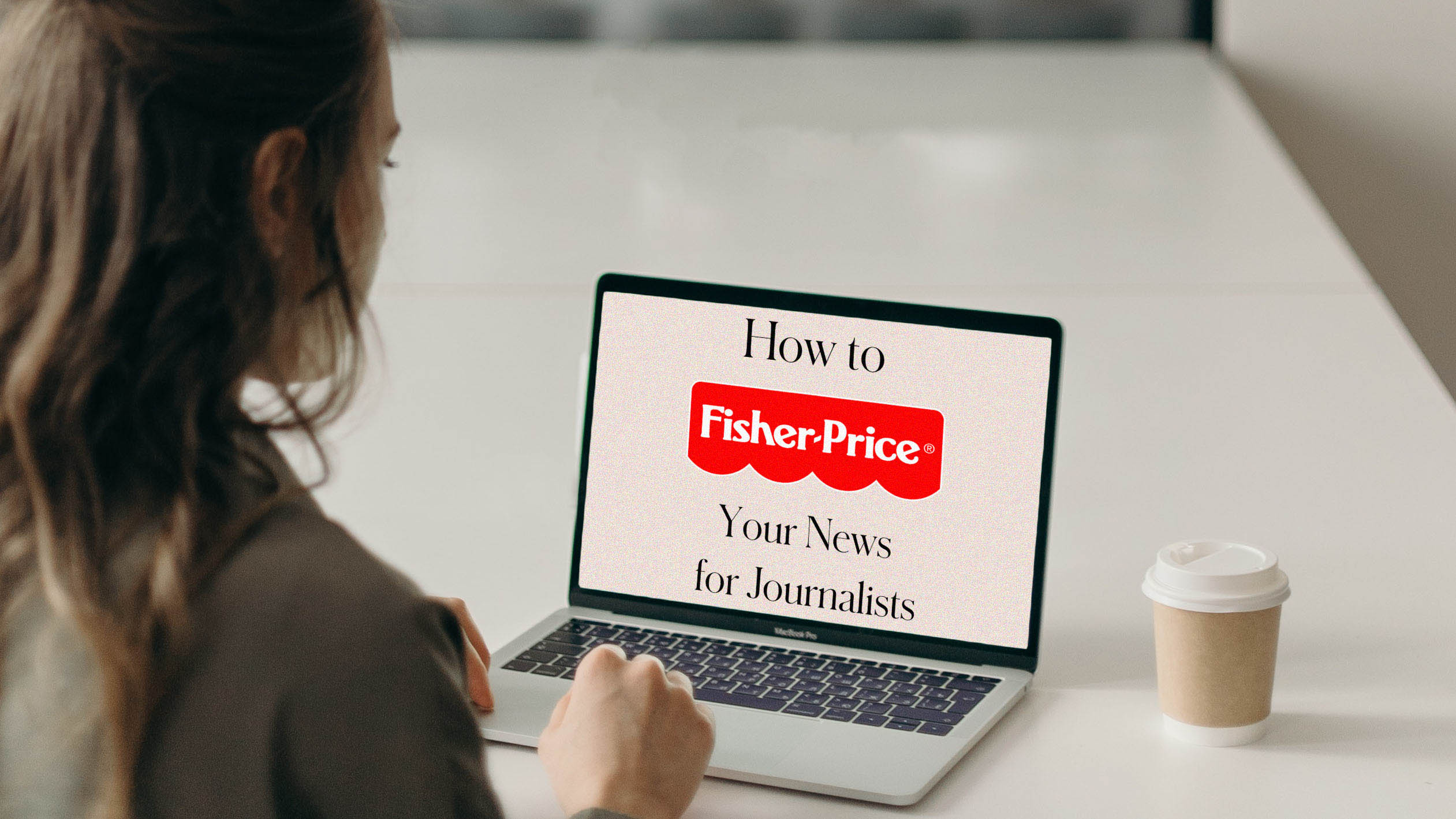An Insider Take on Maximizing Your Brand’s Holiday Pitching Efforts
When it comes to product PR, it’s no secret that holiday gift guides are the holy grail for many brands looking for revenues to move into the black before the end of the year. Getting your brand featured in a coveted Gift Guide like the ones produced by Oprah, Good Housekeeping, and The Today Show puts your product, experience, or service directly in front of your target audience, and inclusions are also suggestive of the publication’s implied endorsement, i.e., the icing on the cake that sets you apart from competitors.
Gift Guides: The Process
What industry outsiders don’t recognize outside of the end result of trending online listicles or glossy pages of a magazine is the time, preparation, strategic execution, and relationships that publicists nurture to secure that coveted spot. It’s so much more than simply meeting an editor’s deadline.
If you’re considering hiring a PR agency to get your product, service, or experience into a holiday gift guide, you’ll want to keep the following in mind.
Timing Is Everything
You’ll need to consider editorial deadlines, production timing for sample products, shipping deadlines, and the initial onboarding phase for your agency once you have selected one.
Although a seasoned agency can quickly become familiar with your brand and product, sending out samples and getting samples in editors’ hands ahead of publication is a time-sensitive and sometimes logistically complicated feat – this is especially true when it comes to perishable foods. Above all else, you need to consider your ultimate goals (i.e., print, digital, or both focuses) and work backward from those publication deadlines.
Outlet Deadlines
As soon as the holidays are over, agencies are already working on next year’s holiday outreach strategy. Print publications are long lead, with some outlets working 6-7 months in advance. The rule of thumb with these outlets is the sooner, the better! If you are interested in Oprah or similar you need to begin working on gift guides no later than April. Oprah’s team opens submissions in May and closes by the end of June if not sooner. Oprah’s print publication mirrors what they include online later that year. Historically, they don’t add last-minute additions.
There’s a bit more wiggle room for digital publications like blogs and online outlets. Expect outlets to work around two months in advance on their stories, but some blogs may have a shorter turnaround time and accept submissions up to two weeks before their deadline. Still, you will need to engage with an agency by the end of August. Online gift guides requests start piling up in September and often go live in October.
Getting ahead of these deadlines is essential, especially if it’s an opportunity you don’t want to miss. Sometimes the best plan of action is to reach out to editorial directors in advance to get a concrete deadline if not included in a media kit or editorial calendar.
Prep Time
Yes, we already mentioned that an experienced PR agency could quickly be brought up to speed with your branding and become familiar with your product, but fleshing out a gift guide strategy is a whole different story. You should account for the amount of time your new agency will require to flesh out the best approach after completing critical research. Finding the proper outlets for your brand’s target audience, the best contacts at each outlet, and drafting the individual pitches themselves are crucial to landing a quality press hit.
Account for Samples, Press Kits, and Marketing Material Production
Most media outlets, bloggers, and influencers expect non-returnable product samples in exchange for consideration so they can feel confident recommending your brand and product. (Although some may accept products on loan for big-ticket items) Be sure that you have shelf-ready product samples available. Some outlets will ask for inventory totals before they are willing to include your item as they don’t want to feature something that gets sold out immediately. Journalists will be less impressed with non-functional or dummy models, products missing final packaging, or frequently loaned items that show wear and tear. With influencers and bloggers, it’s essential to invest in a good presentation as many will still include the “unpacking” as part of their coverage. A cardboard box with bubble wrap is going to get much less appreciation than a well-adorned gift with other “surprises and delights” included.

Additionally, media will request high-res images and photos of your products that they can add to coverage with a simple click. You should have product shots and lifestyle images ready to go. Journalists’ time is precious. Ensure your agency can skip the back-and-forth by providing an all-in-one, streamlined pitch. Plus, they’ll be more inclined to include in coverage if the agency does the cumbersome heavy lifting.
When considering the appropriate time to bring on a PR agency to pitch for gift guides, consider production timelines for samples and whether or not you will need assistance from your agency in compiling marketing materials and assets.
Affiliate Program Enrollment
It’s not the case for all digital opportunities, but affiliated gift guides have quickly become the status quo. 81% of advertisers and 84% of publishers in the US are currently leveraging affiliate marketing to earn revenue. Some online gift guide submissions may even require a specific (prime-powered) affiliate link to be featured. While this allows the outlet to make money per click, rather than relying on more advertising on their website, it makes it increasingly harder to be featured in online gift guides.
If you’re considering enrolling in an affiliate program to overcome this challenge (and potential barrier), make sure to account for the time it takes to select a program, register, and be approved ahead of your holiday campaign. Need a quick crash course on affiliate marketing? Check out our blog post here.
All Wrapped Up (in a bow, naturally)
Once you’ve considered all of the time constraints and worked backward from your intended holiday publication date, you can pinpoint the ideal time to hire a PR agency. While this seems like a hefty to-do list, once hired and onboarded, your agency will take it from there – tapping into their burgeoning contact list and getting your product in front of target audiences right on time for gifting.
Ready to get started with your customized PR program? When we work together, your brand does more than show up. It shows up with a story, a purpose, a unique reason for being – and it makes an impact.











Recent Comments